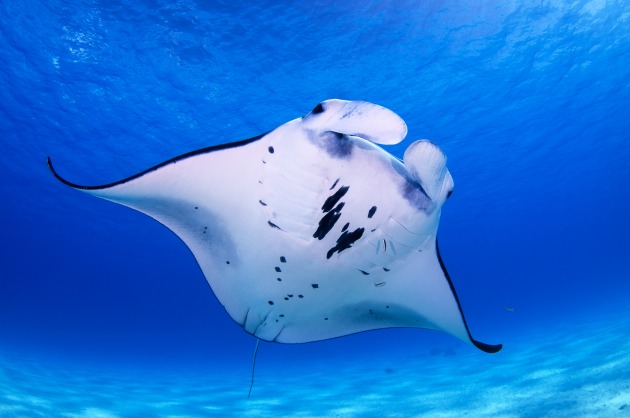Behind the lens: Underwater citizen scientist
During the 20 years I spent living on the Cocos (Keeling) Islands, an external territory of Australia in the middle of the Indian Ocean, I spent a vast majority of my time photographing the incredible marine life that inhabited this amazing atoll.
Photographing fish has its underlying challenges. Firstly, like all creatures there’s no way to direct them, or pose them. You also need to rely on your own skills to hopefully capture the image in focus (fishy subjects are fast movers), and this is all before you can even hope of ending up with an image you are happy with.
Being a ‘citizen scientist’ at least enabled me not to be too pedantic with capturing a great image – what was more important was I captured an image that could be used scientifically if needed.
Having said that, I actively sort certain fish for certain shots in the hope that a few would end up being that ‘wow’ image. Happily, over the years that has happened and given my photography skills international recognition.
My passion is diving with Manta Rays. These stealth bombers of the oceans never cease to amaze me and every time I see one, I’m captivated with their majestic beauty. Cocos (Keeling) Islands is the home to many reef mantas, Manta alfredi, which is the smaller cousin to the oceanic Manta biostris that roams the oceans rather than staying closer to the islands. Every Manta Ray has its own unique identification mark, much like giraffes, zebras, and whale sharks. With the Manta Ray, it’s the markings on their bellies that identify them.
Over the years, and in conjunction with the Manta Ray Project fun by University of Queensland, I have managed to document in excess of 70 mantas. There are many, many more, however, being in the right place at the right time and then capturing their underside is all a matter of sheer luck and persistence, as well as the all-important word, patience!
This particular image is #19 Nicky. She is a regular visitor to a cleaning station located in around 8-10 metres of water, where the mantas come in to be cleaned by cleaner wrasse. I wanted to capture her in the blue with a clear background so she was totally the main point of interest It did take several circles of the cleaning station. before Nicky ‘performed’ on queue. I was thrilled with the result. Not only capturing the image I had in my mind, but also capturing a beautifully clear belly shot – tick!
At that time, I was shooting with a faithful Nikon D300 in a Seatool housing and twin Inon strobes. All my underwater settings are manual, including strobe power. I also used a Sigma 10-17mm fisheye lens. I now use a more compact Olympus E-M1 Mark I in a Nauticam housing and the same strobes.
I’m lucky that over all my years acting as a citizen scientist, I have photographed and documented in excess of 20 new fish sightings at the Cocos (Keeling) Islands. ❂




